
It was 1997 and Squaresoft released Final Fantasy VII after years of being creatively stymied on Nintendo platforms. For years they had been forced to follow their content restrictions, and the serious story with adult themes was the result of the developer cutting loose.
This was Squaresoft’s golden age; the fifth console generation which saw the Japanese developer deliver some of their most bold and interesting experiments. Just how did they follow up on their biggest success that cemented them as the biggest Japanese developer of all time? By adapting an obscure horror novel into a genre bender of an RPG during the Resident Evil craze.
Parasite Eve
Developer: Squaresoft
Producer: Squaresoft
Platforms: PlayStation (reviewed), Playstation 3, PSP
Release Date: September 9, 1998
Players: 1
Price: $5.99
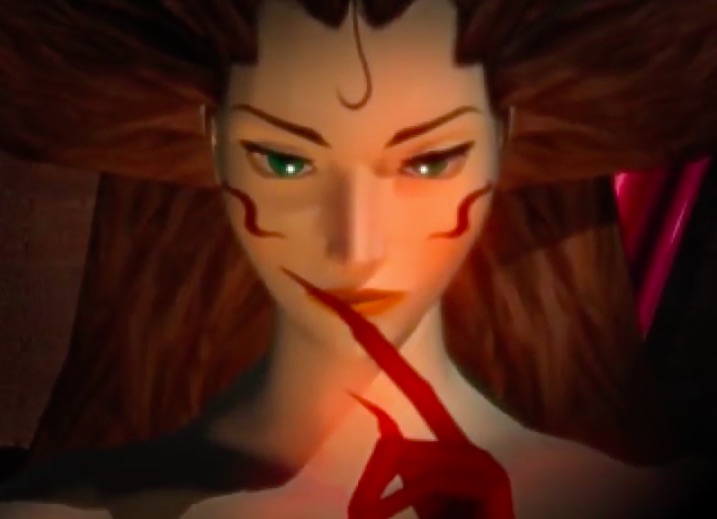
To say that Parasite Eve came out during Squaresoft’s creative peak would be an understatement. The mid to late 1990s was when the venerable developer released Einhander, Bushido Blade, Xenogears, Brave Fencer Musashi, Threads of Fate and Chrono Cross; a sequel to one of the most beloved SNES RPGs of all time. Squaresoft was unstoppable.
Around the same time when Final Fantasy VII was a smash hit, the J-horror phenomena had begun to take hold. This was likely when the original novel of Parasite Eve must have gotten into the mitts of Hironobu Sakaguchi.
Whatever wild hair he had in him from developing Final Fantasy VII must not yet been plucked, because there are many striking similarities between it and what would become his take on Parasite Eve.
The stark and gritty streets of New York carry a vaguely familiar atmosphere felt in Midgar’s industrial concrete urban nightmare. Between both games, there are plot details that center a protagonist who is simply just trying to find out who they are, and villains that have a strong theme focused on motherhood.
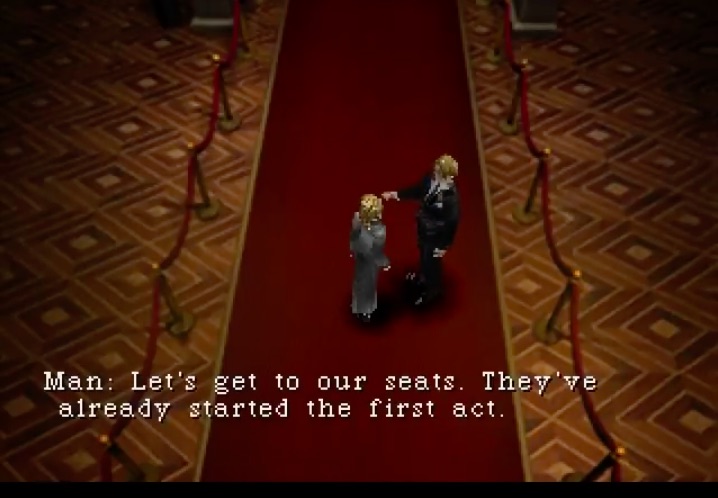
Parasite Eve was originally marketed as a “cinematic RPG”, which was just short hand for Hollywood-style production values, and flashy pre-rendered cutscenes. The way the game begins, it is easy to see why Squaresoft thought that they had made something so unique at the time.
To this day, if you wanted to play something like Parasite Eve, your only option is to just play Parasite Eve. Even its sequels do not look or play anything like the original.
The story begins during a Christmas night at the opera, and our girl Aya is about to go on a date with her hunky idiot boyfriend. The pacing is pitch perfect, as things go bad very quickly when “Eve” is introduced, and uses mitochondrial powers to burn all the patrons alive.
It isn’t long before players have Aya chase this creature through the opera house, down into a sewer, and end up fighting a mutant alligator beast.
There are truly gut wrenching visuals to see- if Capcom was influenced by George A. Romero’s Night of the Living Dead for Resident Evil, then Squaresoft takes their inspiration from John Carpenter’s The Thing. There are guys that are burnt into a twitching crispy husk, and in the same area you can see a poor rat undergo what looks like to be the most agonizing transformation ever put in a video game.
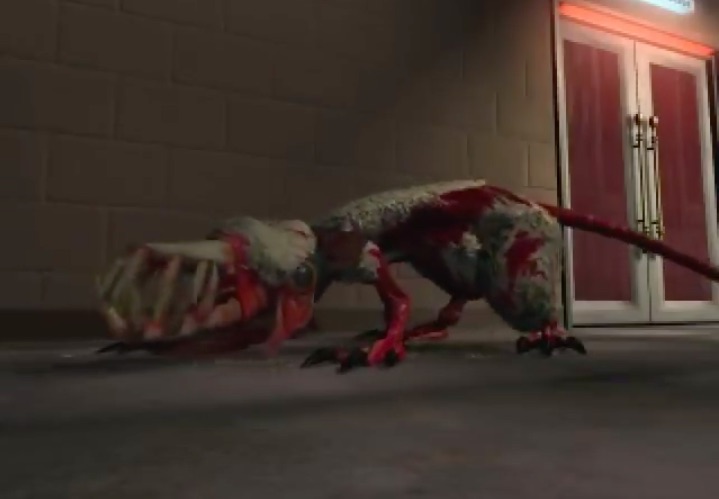
There is an eeriness to exploring the abandoned New York streets during Christmas; a time that is usually teeming with life and optimism. Yoko Shinomura’s music has a jazzy coolness to it that compounds on the unique setting, enhancing the atmosphere in ways that few games can. As Aya roams, she can get into random battle encounters that are prefaced with a tense heart throb.
This is where the “RPG” in “Cinematic RPG” comes from. The combat is creative and unlike anything in any RPG before or after it. The closest example it can be compared to is Vagrant Story or Fallout 2, and even then it’s still not totally accurate.
In battle, Aya can be freely moved around the arena- not a separate battle screen- to avoid damage from enemy attack patterns or projectiles. It is almost inspired by a bullet-hell shooter, since a lot of the action will rely on players having to carefully maneuver around a variety of enemy shots that can have different forms.
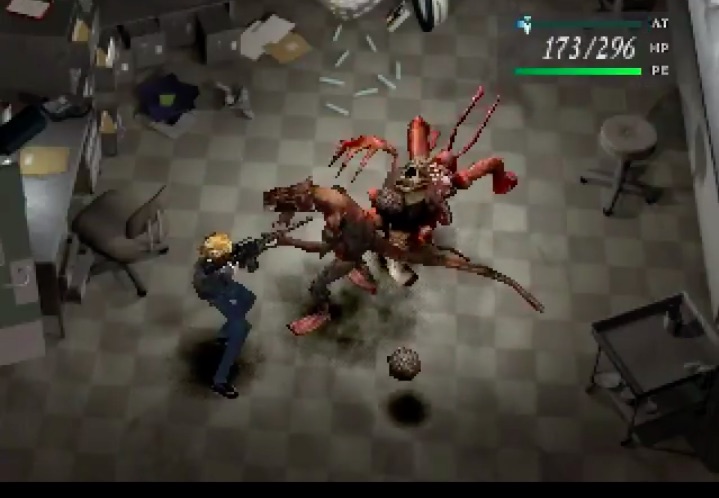
When Aya’s turn comes up, she can open fire, or choose to use a spell or item. Using firearms allows players to target threats individually, and depending on the weapon’s range stat, will determine just how effective it will be. This is visualized by a wireframe dome that represents the equipped weapon’s range.
Weapon customization is a major pillar to building Aya’s strength when fighting monsters. The upgrading system is very simple, and kind of easy to become overpowered if you constantly stick to one weapon to build upon. It is not so much upgrading your gun, but almost like your feeding it the stats of other guns, and you need an uncommon item to actually do it.
The menu and UI for the customization is spartan and as utilitarian as it gets- almost as if a programmer put it together. It’s not much to look at, and the upgrading system might have been a bit easier to understand if things were laid out in a more digestible way. It’s enough to possibly go over the heads of some players, who aren’t used to how some interface elements used to be so basic.
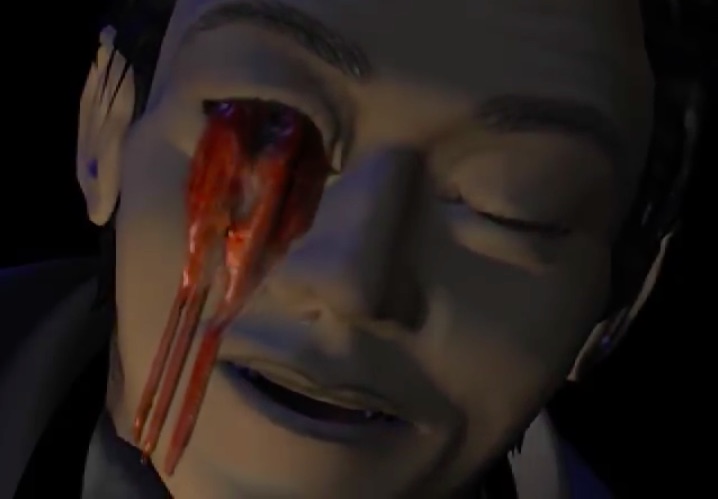
Aya’s Christmas week in the Big Apple has her going to Central Park, a museum, the sewer, and even a quick stop in Chinatown. The gritty pre-rendered backdrops may seem quaint but today’s standards, but when this came out Final Fantasy VIII was still in development. Having realistically proportioned human characters in a game this scale was cutting edge at the time.
Only 90s Squaresoft was so bold to go for it, and push art and technology forward to achieve their vision. The amount of expression put into the body language is still impressive today, when considering just how limited and crude these models are.
There was no way to express much in facial detail, so animators had to focus on posing and gestures to give the impression of how a character might be delivering their dialogue.
Parasite Eve is dense with a lot to see and do; there is never a wasted moment. The pace is deliberate and confident, to enhance the sense of mystery and dread. Moments of high stress and tension are earned, with the highlight being the police station, and the showdown with the mutated police dog Sheeva.

If you do dive into Parasite Eve, you’ll find that the easy to pick-up gameplay is satisfying, and that customizing guns and armor has nigh-endless possibilities. In new game plus, all of Aya’s gear carries over, so the potential to endlessly build the perfect gear is there to keep a hardcore gamer going.
Why would anyone want to continually power up the main character in subsequent play-throughs, in a action RPG that does not scale with the player? To try to survive the Chrysler Building, of course.
This art-deco dungeon has 77 floors of randomized madness. This bonus dungeon is so long that it eclipses the core game’s length, and it is festooned with the most powerful encounters and the hardest boss in the game. Completing it will reveal a few major plot points that also serve as the story’s epilogue, or what some might consider the “true ending”.
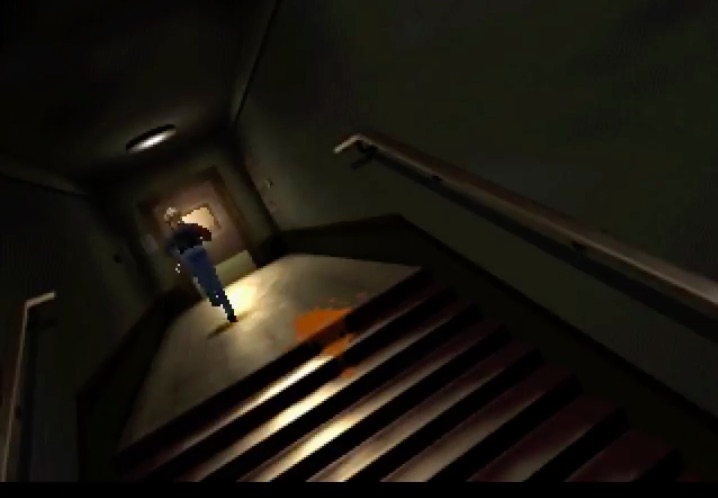
Attempting the Chrysler Building is hardly worth the time and effort for what you get for completing it. Sadly, the scene that plays out is mostly just text. There is no bonus CGI animation, no shower scene, no extra unlockable; all you get is a different credits sequence.
This content is thankfully optional, and is an interesting way to test out some of the incredibly illegal guns that Aya can make. If this game was made today, the Chrysler Building would have been paid DLC. The absurd amount of content that it provides does add a substantial value to what is already an excellent and unique game.
Anyone interested in playing a very different kind of RPG that melds with survival-horror should check out Parasite Eve. It is shorter than most RPGs, clocking in at about seven to eight hours- double if you try to conquer the Chrysler Building. This still makes it one of the longer horror games on the PS1, which rarely take longer than five hours to complete.
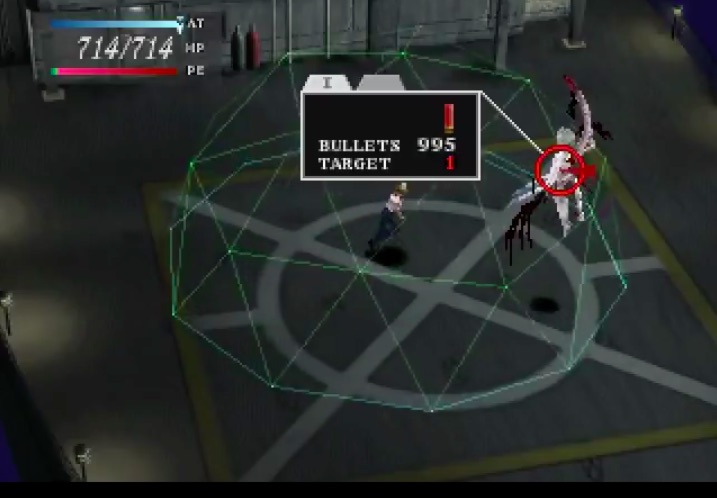
There really is nothing like Parasite Eve. It has the best qualities 90s era Squaresoft had distilled into a single game. The overly poetic words trickling in the attract screen in Walbaum font is something that screams classic Square.
Thankfully, physical copies of Parasite Eve are not too hard to come across, and discs in decent condition can be fairly priced for such a classic title. If you rather download it off PSN to enjoy it on a PSP, PlayStation Vita or PlayStation 3, expect to pay a paltry sum of $5.99.
It’s not likely that Square Enix will ever do anything related to the Parasite Eve franchise ever again. The two sequels have their qualities, but neither of which have the deserved following the original has and a lot of that has to do with how fresh it still is.